Goonhilly in Cornwall takes off on space missions
- Published
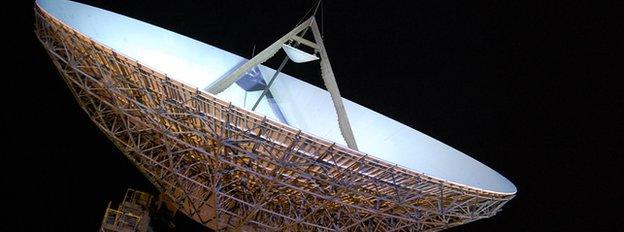
Goonhilly's antenna on the Lizard peninsula can "see" satellites from as far away as the US and Asia
Cornwall is set to become a training centre for space mission operators with a new course at Goonhilly earth satellite station.
Operators believe it is the only course of its type in Europe to teach students how to operate spacecraft.
It comes after Newquay Airport was shortlisted as the UK's spaceport for satellite launches and space tourism.
Goonhilly bosses said Cornwall was well placed for space exploration.
Goonhilly, built in 1962, played a key role in the broadcasting of events such as Muhammad Ali fights, the Olympic Games, the Apollo 11 Moon landing, and 1985's Live Aid concert.
It was closed in 2008 by BT which moved operations to Herefordshire.
But Goonhilly Earth Station Limited (GES) bought the site near Helston in 2011 to create a space science centre for space exploration and science research.


Goonhilly
Goonhilly earth satellite station was built by the GPO on Goonhilly Downs at a cost of £650,000
The site was chosen because it was flat, giving a clear view of the horizon, and its hard rock surface could take the weight of the 1,118-tonne dish - officially named Antenna 1, but nicknamed Arthur
On 11 July 1962, pictures from America were sent via the Telstar satellite to Goonhilly
The project led the way to modern satellite communications
It was also involved in broadcasting several Olympic Games, Muhammad Ali fights, and 1985's Live Aid concert
Arthur, the 26m (85ft) dish which received the Telstar signal, is being restored and is Grade II listed
Satellite operations ended in 2006 and the site was closed by BT in 2008

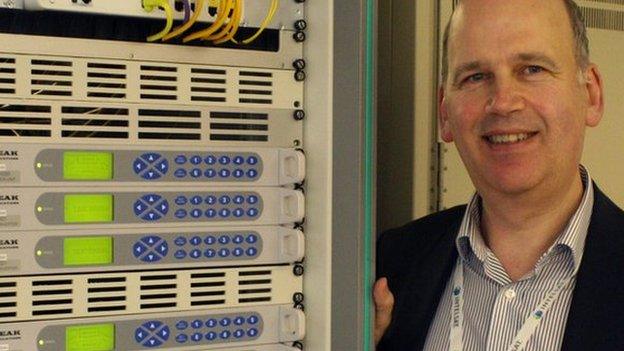
Ian Jones: "The geography is very helpful for where we are"
According to GES chief executive Ian Jones there are several thousand satellites in space for a growing number of uses - from military to environmental - and the number is growing by about one a week.
The four-day course, external in June is aimed at giving science graduates with an interest in working in the space industry a first-hand idea of operating those satellites.
"The course is really a crammer course for people who want to find out about all the different systems in spacecraft, how to control them, how they react in space and what to do to keep them operating," said Mr Jones.
"There's been nothing like this in Europe, so people have had to learn on the job."
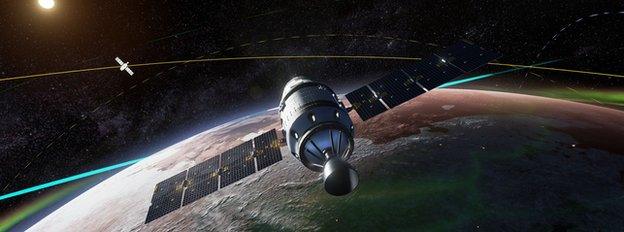
Goonhilly already offers training in satellite engineering
He said Goonhilly's position high on the flat expanses of the Lizard peninsula meant its communication dishes could "see" satellites above America and Asia.
"The geography is very helpful for working with satellites," he said.
"On the one hand we are on a peninsula in Cornwall and we are a long way from London, but actually we have fantastic capabilities down here."
Clive Purchase, head of the Space Centre, external at Callington Community College in Cornwall, said: "There are more jobs being created in satellite space technology and it's a positive sign for the future of the industry."
- Published3 March 2015
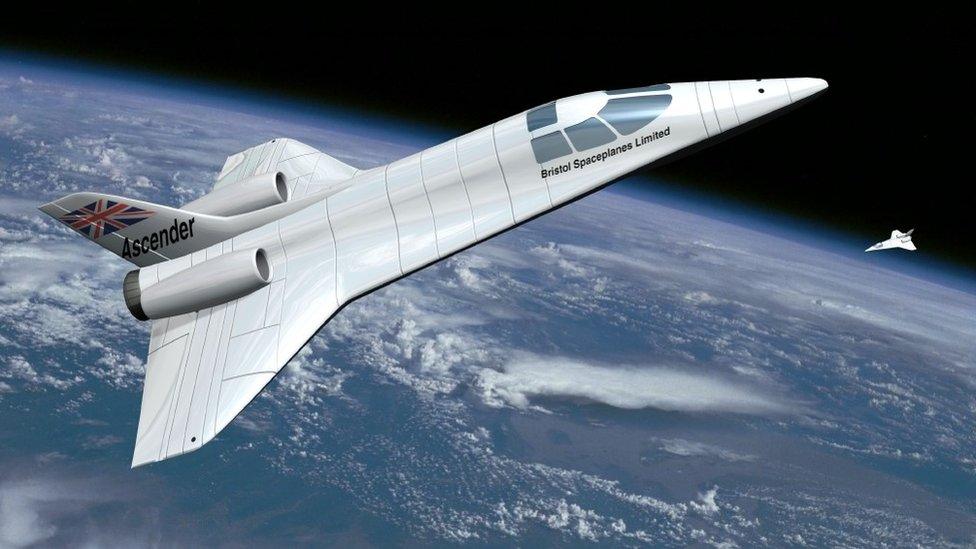
- Published14 July 2014

- Published30 April 2014
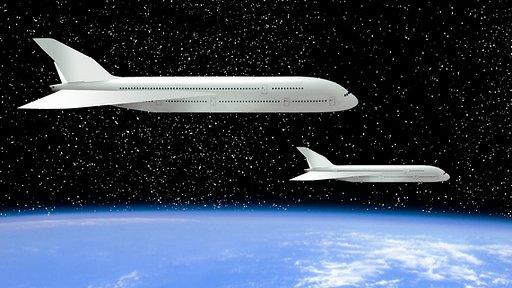
- Published6 January 2014
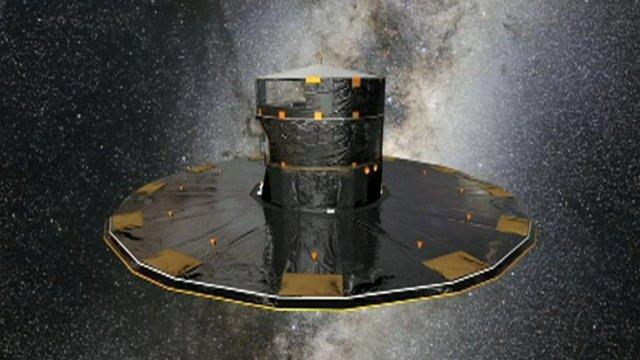
- Published11 July 2012
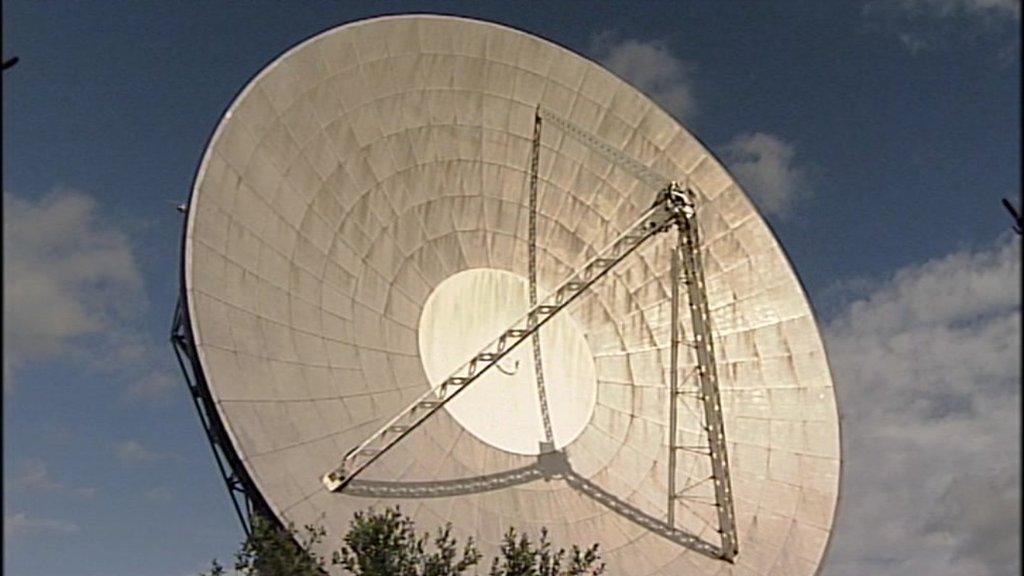
- Published6 December 2011
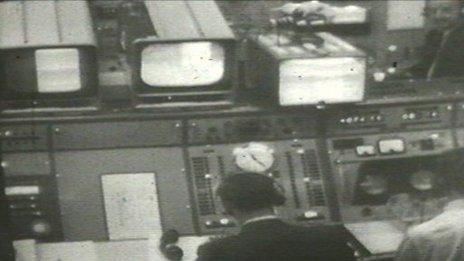
- Published11 January 2011